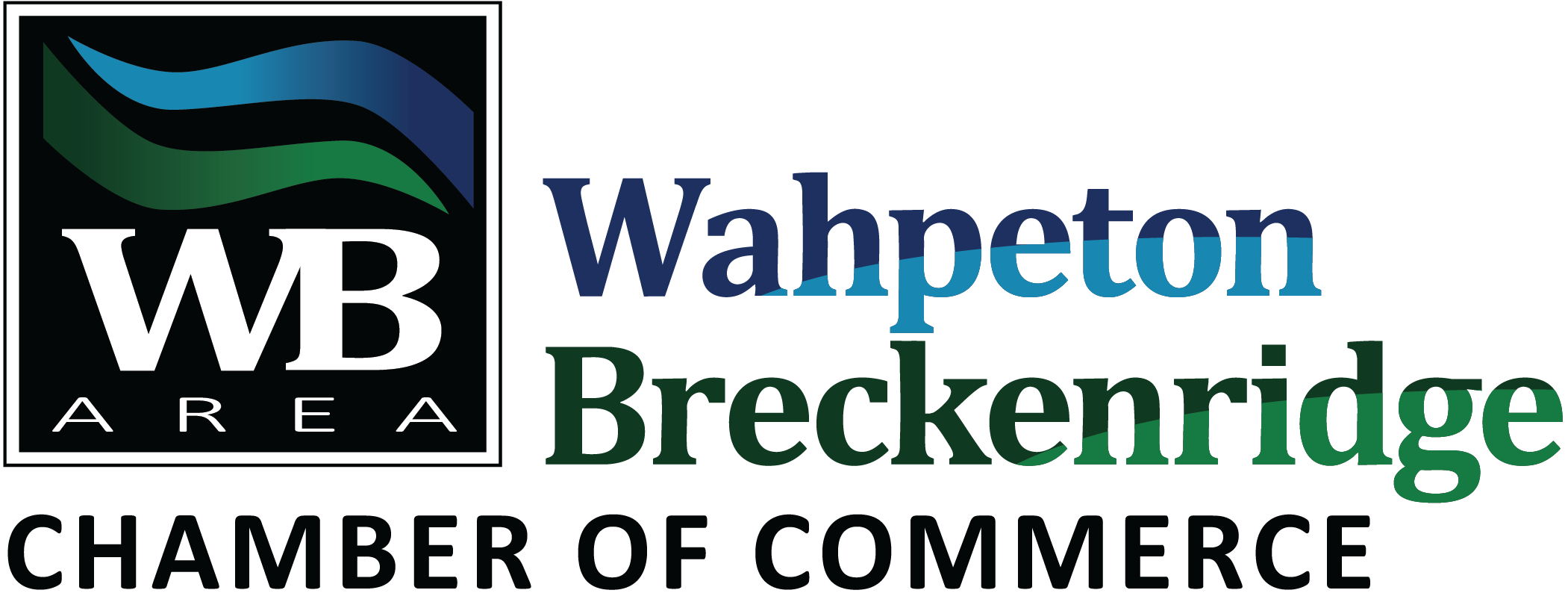10 Proven Strategies for Small Business Owners to Maintain a Healthy Cash Flow
Healthy cash flow is the heartbeat of every small business. It funds daily operations, fuels growth, and provides the flexibility to seize new opportunities. Yet, many owners lose sight of it—until it’s too late.
This guide distills ten practical strategies for improving financial stability and building a foundation for sustainable growth.
Know Your Numbers — Map Your Cash Flow
Understanding how cash moves through your business is the first step toward control. Build a rolling 90-day cash flow forecast to track upcoming inflows and outflows. This visibility helps you spot problems early and make smarter spending decisions.
Checklist: Cash Flow Awareness
Review cash flow weekly
Compare forecasts to actuals monthly
Flag recurring shortfalls or payment delays
Keep an emergency buffer
Try an all-in-one small business accounting platform like QuickBooks to automate cash flow projections and expense tracking.
Structure for Stability
A healthy cash flow depends on a healthy business foundation. The right legal structure separates personal assets from business liabilities, simplifying tax management and credit access.
For entrepreneurs in the Midwest, understanding how to form an LLC in North Dakota can be a powerful first move. Incorporating not only limits liability but also helps you access small business financing and maintain financial clarity.
Tip: Review your structure annually with a business attorney or accountant—laws and filing requirements change more often than most realize.
Get Paid Faster with Smart Invoicing
Late payments suffocate cash flow. Automating invoices and payment reminders reduces manual work and shortens the collection cycle.
Action Plan:
-
Send invoices immediately after project completion.
-
Set clear payment terms (Net 15 or “Due Upon Receipt”).
-
Offer incentives (e.g., 2% discount for payment within 10 days).
Use a cloud-based platform for automatic reminders, time tracking, and integrated payments.
Table: Payment Terms and Cash Flow Impact
|
Payment Term |
Avg. Days to Collect |
Cash Flow Effect |
Best For |
|
Net 30 |
35–45 days |
Slower inflow |
B2B service providers |
|
Net 15 |
18–25 days |
Healthier inflow |
Local vendors |
|
Due on Receipt |
0–5 days |
Strongest inflow |
Freelancers / consultants |
Separate “Run Money” from “Growth Money”
Conflating operating expenses with growth capital is a silent cash flow killer. Keep two distinct business accounts:
-
Operations Account – Payroll, rent, insurance.
-
Growth Account – Marketing, hiring, or product expansion.
Digital-first banks like Relay allow multiple no-fee sub-accounts to organize and automate your spending buckets.
Negotiate Smarter With Vendors
Strong supplier relationships often translate into better payment terms or bulk discounts.
Negotiation Tips:
-
Ask for extended payment periods (e.g., Net 60 instead of Net 30).
-
Consolidate orders for volume discounts.
-
Maintain transparent communication about order frequency.
Manage your vendor relationships through an integrated platform like Bill.com to streamline approvals and payments.
Keep Inventory Lean
Inventory that sits too long ties up capital that could fund growth. Analyze what sells fast versus what gathers dust.
Checklist: Inventory Optimization
Track turnover ratios monthly
Identify slow-moving stock
Reorder based on sales velocity, not guesswork
Review seasonal patterns quarterly
Implement inventory software like Cin7 to sync stock levels with sales automatically and avoid over-ordering.
Use Credit Strategically
Credit, when used wisely, smooths short-term cash gaps and funds expansion. But when misused, it traps you in a cycle of high interest and low liquidity.
Smart Credit Moves:
-
Maintain a line of credit for short-term expenses.
-
Keep credit utilization below 30%.
-
Pay off high-interest balances monthly.
Explore flexible funding options via Bluevine, which offers credit lines tailored for small businesses.
Track Key Financial Ratios
Numbers tell stories. Monitor key ratios to assess your company’s financial health.
|
Ratio |
Formula |
Ideal Range |
What It Indicates |
|
Current Ratio |
Current Assets ÷ Current Liabilities |
1.5–2.0 |
Liquidity strength |
|
Gross Margin |
(Revenue – COGS) ÷ Revenue |
35–60% |
Profit efficiency |
|
Operating Cash Flow |
Net Income + Depreciation ± Change in Working Capital |
Positive |
Liquidity accuracy |
Simplify these calculations using Xero, which automatically visualizes margins, ratios, and trends for decision-making.
Build an Emergency Cash Reserve
Prepare for slow months or economic downturns by building a 3–6 month financial cushion.
Action Steps:
-
Set up a dedicated high-yield business savings account.
-
Automatically transfer a fixed percentage of profits each month.
-
Avoid dipping into it except for true emergencies.
Use Capital One Business Savings for competitive interest and easy integration with checking.
Prepare for Tax Season All Year
Avoid tax-time panic by planning ahead.
-
Set aside 25–30% of revenue for taxes in a separate account.
-
Review quarterly estimated payments with your CPA.
-
Track deductible expenses in real time instead of at year-end.
Tools like Wave Accounting make it simple to track income, automate categorization, and generate year-end reports.
FAQ: Cash Flow Fundamentals
Q1: How often should I review cash flow?
At least monthly—more frequently during growth or economic uncertainty.
Q2: Should I pay down debt or save more cash?
If interest rates are high, prioritize debt. If not, maintaining liquidity can protect against unexpected expenses.
Q3: Is profit the same as cash flow?
No—profit is what’s left on paper; cash flow reflects actual liquidity.
Q4: What’s the best way to predict future cash shortages?
Use historical trends plus real-time expense tracking from your accounting software to project upcoming gaps.
Quick Cash Flow Health Checklist
Separate growth and operations funds
Automate invoicing and payments
Keep debt manageable
Build a 90-day forecast
Maintain an emergency reserve
Review supplier terms quarterly
Consult your accountant twice a year
Build Financial Rhythm, Not Chaos
Cash flow mastery isn’t about constant firefighting—it’s about forecasting and rhythm. With clear data, disciplined structure, and the right tools, your business can move from reactive to strategic, turning cash flow from a stress point into a growth engine.

